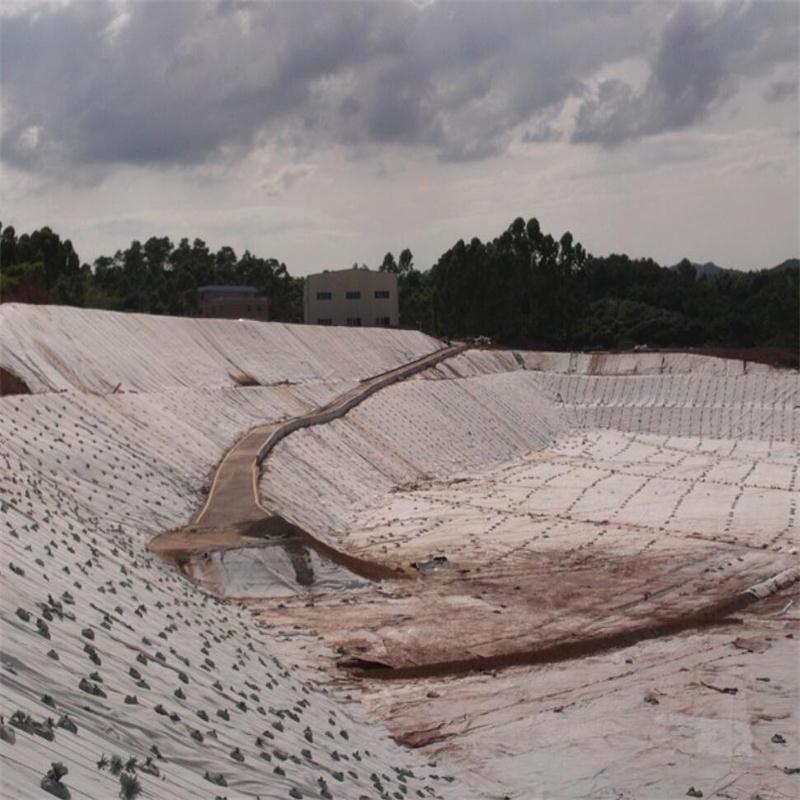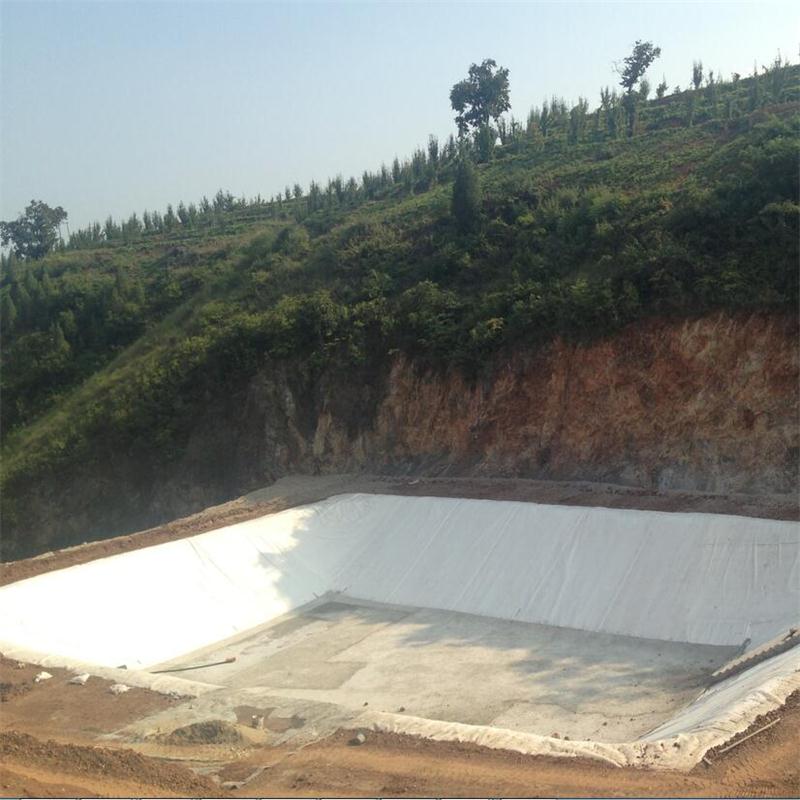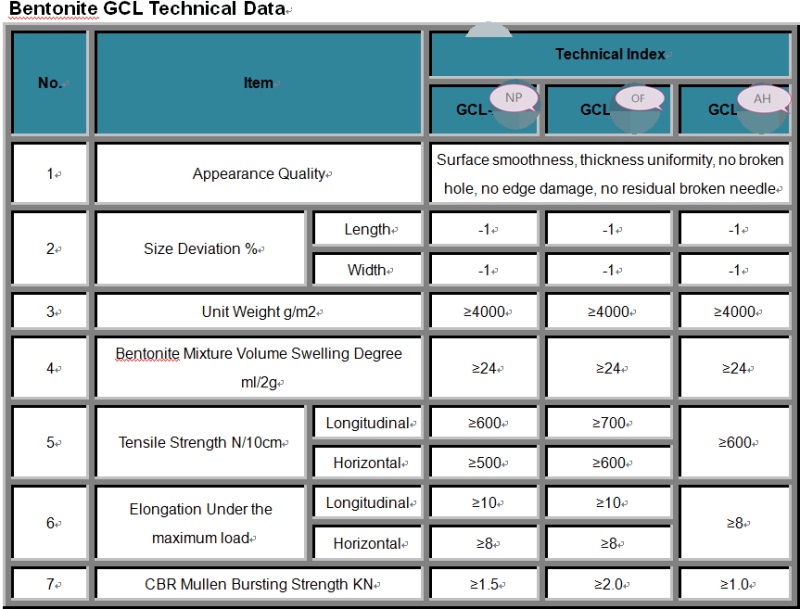Whether it is electronic equipment or automotive, industrial machinery, waste heat generated during use has always been a problem, which may cause damage to parts or reduce efficiency. Engineers at the University of California, Berkeley, have now developed a nanofilm that can be combined with a variety of waste heat sources to convert excess waste heat into usable energy and reduce energy waste.
When you use mobile phones or computers to browse online news, these electronic products are generating a lot of waste heat. Before there was data, it was estimated that an E-class supercomputer could consume 10% of a coal-fired power plant, and most of them Energy will eventually be wasted.
Then we tried to convert thermal energy into usable energy. This is not a new idea. Forbes reported that in fact, during Faraday's invention of an electromagnetic rotary machine (the prototype of today's electric motor), scientists learned that temperature gradients could be used (temperature Gradient) converts thermal energy into electrical energy. Equipment such as JikoPower, which generates electricity using the temperature difference between the two sides of the material, is very suitable.
Unfortunately, most waste heat temperatures are below 100°C, and there are some restrictions on the use of materials that require high conductivity but low thermal conductivity, which is not an easy combination.
The team led by Lane Martin, an associate professor of materials science and engineering at the University of California, Berkeley, now uses different methods to develop nanomaterial films that collect waste heat from the thermoelectric conversion process and convert it into electricity. The study was published in Nature - Materials (Nature On Materials).
The team synthesized thin films with a thickness of only 50 to 100 nanometers and measured the amount of current and temperature generated by their conversion from waste heat. It was found that the film can achieve 1.06 J/cm3 energy density and 526 W/cm3 power density. And with 19% Carnot efficiency, all performances have refreshed thermoelectric energy conversion records.
With this kind of film, the conversion of waste heat energy will become more comfortable, and the team will next prepare to optimize the film to a material suitable for a specific waste heat temperature.
Geosynthetic clay liners (GCL) are high performance needle punched environmental reinforced composites which combine two durable Geotextile outer layers with a uniform core of natural sodium bentonite clay to form a hydraulic barrier. Fibers from the non-Woven Geotextile are needle punched through the layer of bentonite and incorporated into the other geotextile (either a woven or non-woven).when hydrated under a confining load, the bentonite swells to form a low permeability clay layer with the equivalent hydraulic protection of several feet of compacted clay.

Applications:
The water proof bentonite pad is mainly used in penetration-proof,airproof &separation in rubbish burying square,man-made lake,channel,pool,basement,subway,etc.
The production line processing of finished products with high peel strength, strong pulling hardness, low permeability.


Technical data:

Certificate:

Geosynthetic Clay Liner,Hdpe Geomembrane Liner,Waterproofing Geosynthetic Clay Liner,Anti-Seepage Geosynthetic Clay Liner
Shandong Tianhai New Materials Engineering Co., Ltd , https://www.chinatinhy.com